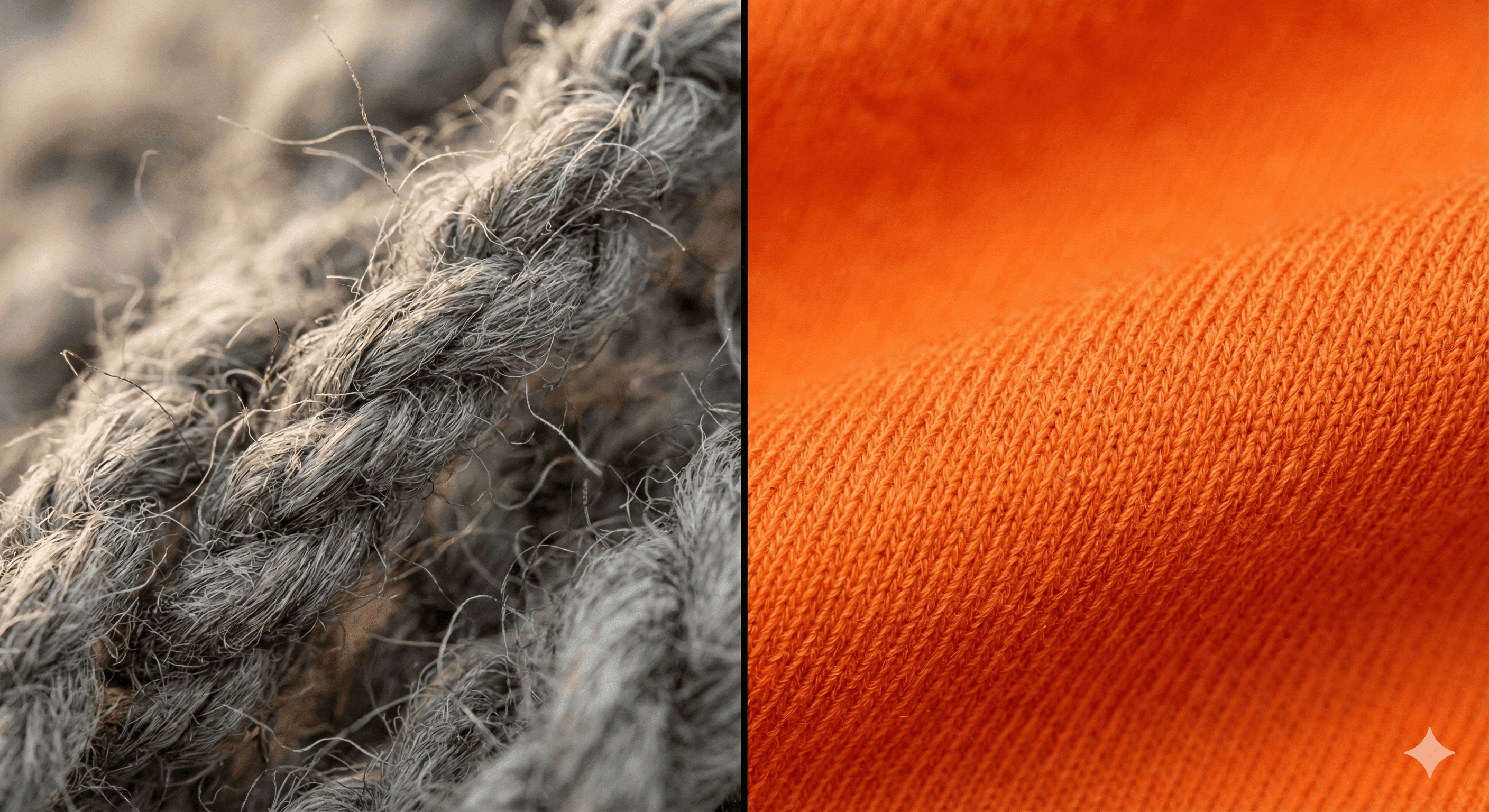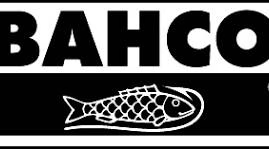Merino Wool vs. Traditional Wool: The Ultimate Guide (and why it doesn’t itch)

The main difference between Merino Wool and “regular” (traditional) wool lies in the fiber thickness, measured in microns. Traditional wool is thicker (over 30 microns) and rigid, which is why it irritates the skin and “itches”. Merino fiber is much thinner (between 15 and 24 microns) and flexible: it bends on contact with the skin, feeling as soft as silk while maintaining the unique thermal and antibacterial properties of wool.
For years, here at Lucacastelli.com, we’ve seen customers hesitate when faced with the price of a Merino sweater (like those from Ortovox). The question is always the same: “Is it really worth it compared to regular wool or synthetic?”.
The short answer, based on our experience in the mountains and in the shop, is: yes, if you use it in contact with your skin.
In this guide, we put our first-hand experience at your service. We won’t just tell you what wool is, but how it performs during trekking or skiing, what the real pros and cons are that you only discover after sweating in it.
This is our “people-first” guide to choosing the right technical clothing.
Quick Comparison: Merino vs. Traditional
For those in a hurry, here are the key differences that affect your outdoor performance.
| Feature | Merino Wool (e.g. Ortovox) | Traditional Wool (e.g. Classic sweater) |
| Feel on skin | Soft. Never itches thanks to ultra-fine fibers. | Rough. Tends to itch and irritate if used as a base layer. |
| Odor Management | Excellent. Naturally antibacterial, doesn’t smell even after days of use. | Good. Resists odors better than synthetic, but less than fine Merino. |
| Thermoregulation | Active. Warms you when it’s cold, cools you when it’s hot (breathable). | Passive. Retains a lot of heat, but is heavy and less breathable. |
| Weight and Bulk | Light and compressible. Ideal for sports. | Heavy and bulky. Great for staying still in the cold. |
| Cost | Higher (premium raw material). | Generally more affordable. |
| Our Advice | The mandatory choice for athletes, technical underwear and those seeking skin comfort. | Excellent for the third layer (over everything) to stay warm while relaxing or doing static work. |
Why “Regular” Wool Itches (and Merino doesn’t)?
It all comes down to fiber science.
The unit of measurement for wool is the micron (thousandth of a millimeter). The sensitivity threshold of human skin is about 25 microns.
Traditional Wool has thick fibers, often over 30 microns. Being rigid, they don’t bend when they touch the skin, but “prick” the nerve receptors. That’s why you feel itching.
Merino Wool, from Merino sheep (originally from Spain and New Zealand), has fibers between 16 and 24 microns. Being below the sensitivity threshold and very elastic, they bend on contact. The result? A feeling of absolute softness.
Expert advice (Lucacastelli): If you’re looking for thermal underwear (base layer) or a t-shirt for walking, Merino is the only possible wool choice. Traditional wool is only good for the “third layer” (the thick sweater over everything), where it doesn’t touch the skin.
The “Secret” Advantages of Merino for Sports
Beyond softness, there are two reasons why brands like Ortovox or Pfanner use Merino for professionals.
1. The “No-Stink” Effect (Anti-Odor)
Merino fibers have an irregular surface that makes it difficult for bacteria (the cause of bad odor) to attach and proliferate. Additionally, they absorb sweat inside the fiber itself, leaving the surface dry.
- Practical experience: We have customers who do multi-day treks with a single Merino shirt without having to wash it. With synthetic it would be impossible after just a few hours.
2. Thermoregulation even when wet
The saying “wool warms even when wet” is true. Merino can absorb up to 35% of its weight in moisture without giving you that “cold shiver” feeling typical of wet cotton.
- Practical experience: It’s fundamental safety in the mountains. If you sweat going uphill and then stop at the summit in the wind, Merino won’t make you freeze like cotton does.
Frequently Asked Questions (FAQ) from Our Customers
These are the questions we receive every day in our store in Castione.
Why does it cost more? Answer: A Merino sheep produces much less wool compared to traditional meat/wool sheep, and processing fine fibers is more expensive. However, the durability and versatility of the garment repay the investment.
Can Merino Wool be machine washed? Answer: Yes, most modern garments (like Ortovox) can be washed at 30° or 40° (wool/delicate cycle). It’s essential not to use fabric softener, because it “clogs” the fibers and ruins breathability.
Is Merino delicate? Does it tear easily? Answer: Pure fiber is more delicate than synthetic. For this reason, many technical garments use a “hybrid” blend (e.g. 80% Merino, 20% Synthetic) or special treatments to increase resistance to rubbing from backpacks or rocks.
Our Commitment (Why Buy from Lucacastelli.com)
Creating quality content is only part of our job. Choosing Lucacastelli.com means choosing a partner, not just a seller.
- Field Tested: We don’t sell anything we wouldn’t use ourselves in the mountains. We know the difference between an Ortovox garment and a cheap one because we’ve tested them in the snow.
- Size Consultation: Technical clothing must fit specifically (close but not tight). If you have doubts, call us or visit the shop: we’ll help you find the perfect fit.
- Guaranteed Quality: We only select leading brands that guarantee ethics in wool production (Mulesing-free) and durability over time.
Ready to feel the difference? Explore our selection of Merino clothing from the best brands in our shop














































































